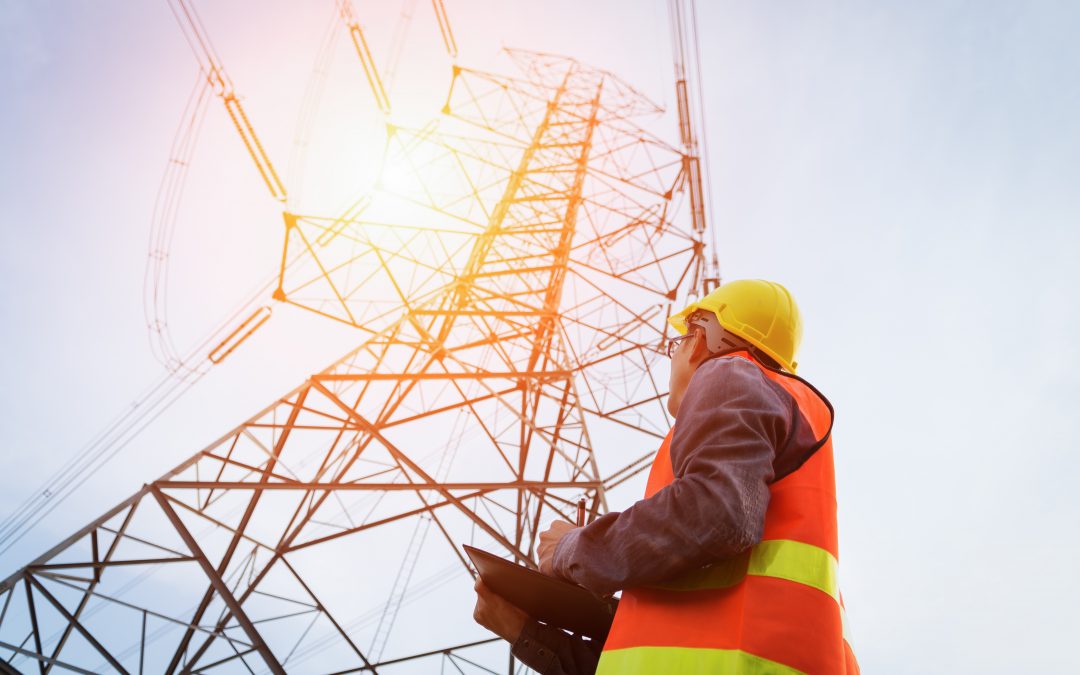As our population continues to grow and we experience more extreme temperature swings and increased storms resulting from climate change, stress on the electricity grid is expected to increase. This is why we must update and strengthen our nation’s grid, which has become woefully outdated, with new technologies. Integrating renewable energy and energy efficiency make the grid more reliable and help prevent blackouts such as the one that occurred recently in Texas. Implementing efficiency is a simple and economical solution that needs to be a priority for states and the nation.
Before we go into specifics, here’s a bit of information about how the grid works and why efficiency is so critical for resiliency.
The U.S. power grid is divided into three main regions: the Eastern Interconnection, the Western Interconnection, and the Texas Interconnected system, and has three major components: electricity generation – typically at a power plant but increasingly with renewables such as solar and wind — transmission, and distribution.

Simplified view of traditional grid steps, connecting electricity generation to its end uses. Photo source: https://www.energy.gov/articles/infographic-understanding-grid
First, energy is generated by burning fossil fuels, nuclear power, or collecting wind, solar or water energy (hydropower). The energy then travels from the power plants or their generation source; this is known as transmission. It is then distributed for end use to homes and businesses.
Aspects of our grid have become outdated. According to the Department of Energy, the average age of power plants is over 30 years and the majority of the grid’s transmission lines and transformers, roughly 70%, are at least 25 years old.
How does energy efficiency support grid resilience?
Increasing efficiency measures and demand response can reduce the amount of energy, or supply, the grid needs to meet demand. Peak demands typically occur in extreme weather events, on very hot summer afternoons or in winter storms. When demand for energy spikes, the cushion between supply and demand shrinks. In the case of the 2021 Texas winter storm, demand surged past supply causing a massive statewide blackout that persisted for days in subarctic temperatures. Increasing energy efficiency eliminates energy waste and reduces demand on the grid, thus lowering peak demands.
Buildings in the U.S., residential and commercial combined, are responsible for 40% of total energy consumption as of 2020. Residential buildings make up a larger piece of the pie, accounting for 22% and are a relatively untapped market for shrinking energy waste. Imagine the grid load that could be avoided if homeowners and renters across America simply took action applying efficiency measures. The potential to reduce energy consumed by our buildings is massive and the need to construct energy-efficient buildings or update older ones cannot be overstated. As technology continues to evolve and cities and states aim to meet their climate reduction goals, energy efficiency options now provide a platform to diminish or shorten power outages.
It’s worth noting that the United States has avoided a 60% increase in energy consumption since 1980 due to energy efficiency investments. Implementing energy efficiency is the low-hanging fruit for existing homes and buildings. These actions and initiatives require little investment but drive major impacts: cost savings, system efficiency and resilience through reduced peak demand, emissions reductions, and increased grid reliability.
So, act now! Visit energyefficiencyday.org to learn more about energy efficiency, see how you or your organization can get involved, and discover ways to reduce your energy use and utility bills.


Recent Comments